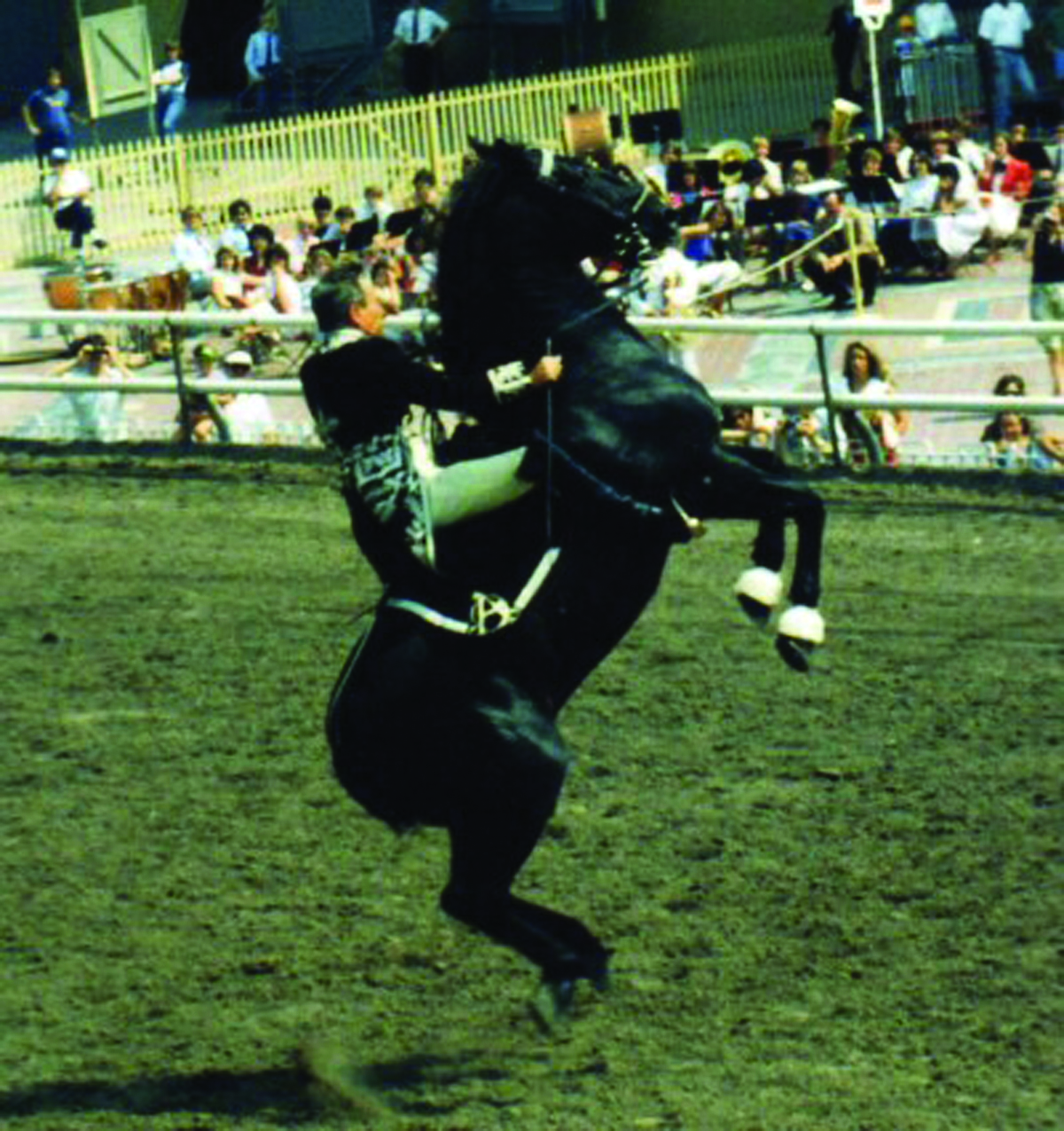Alan Balch - Fiefdoms redux?
/I’m reminded of racing’s counterproductive fiefdoms by a 2008 writing in these pages of the late Arnold Kirkpatrick, my much-revered colleague and friend. Back then, it seemed to him, there were way too many fiefs in the way of industry-wide accomplishments.
To Arthur Hancock’s suggestion that our problems were caused by a lack of leadership, Arnold was “unalterably convinced that our problem is not a lack of leadership but too much leadership.” He counted 183 separate organizations in Thoroughbred racing alone, each with their own agendas and jealousies. “With 183 rudders all pointed in different directions, we have two possible outcomes – at best, we’ll be dead in the water; at worst, we’ll be breaking apart on the rocks.”
In 2024, can it be said, without irony, that this is the best of times, and the worst of times?
In North America, and California in particular, an historic sport and industry contraction is well underway, by every possible indicator – led by the declining foal crop. One might think there has been a corresponding contraction in the list of racing’s organizations; somehow, I doubt that’s true. Nevertheless, in the “Golden State,” once a perennial leader of American racing, we have lost a critical mass of tracks since 2008: Bay Meadows, Hollywood Park, fair racing at Vallejo, San Mateo, Stockton, and Pomona, and Golden Gate Fields this year.
Is it simply a coincidence that this all happened while one racing operator – the Stronach Group -- increasingly dominated and controlled the sport in California, as no track owner ever before was permitted to do?
Arnold’s word “fiefdom” . . . comes back to mind, but now from a different perspective. In European feudal times, as we learned in school, the fief was a landed estate given by a lord to a vassal in return for the vassal's service to the lord. There are a great many California owners, trainers, breeders, jockeys, vendors, fans, and even regulators, who have been wondering how the vassals ever turned the tables.
In a Los Angeles Times interview published on April 5, Aidan Butler, the chief executive officer of 1/ST Racing and Gaming, the Stronach operator, used the term “imbeciles” to describe those who would question the company’s intentions, and perhaps its motives, in sending what was widely perceived as a blatantly threatening letter to the California Horse Racing Board.
Instead, he termed the letter “transparent.” And then stated, “if nothing else, people have been forewarned.” Seconds before, he had claimed that the amount of money Stronach had invested in Santa Anita proved its good intentions. This is the same executive who months earlier had suddenly announced, giving stakeholders notice of only hours, that Golden Gate Fields would be closed within weeks, before changing his mind under pressure from the rest of the industry.
Confused?
Stronach’s track management may be described many ways; truthfully “transparent” is certainly not one of them, despite constant assertions to the contrary. As a private family company, even in a regulated industry, its leaders can claim whatever they want with impunity. After all, the exceptionally valuable real estate on which most (all?) of their track holdings reside appears to make them immune from audit or inspection: they rarely, if ever, are reluctant to tell their racing fraternity vassals that it’s their way or no way. The damage resulting from that attitude is staggering.
Edward J. DeBartolo, Sr., was a predecessor billionaire owner of multiple American tracks. Perhaps, however, because of his ownership of great and successful team sports franchises, among other interests such as construction, retail, and shopping center development, not to mention education and philanthropy, he knew what he didn’t know. He realized he always needed teammates. He delighted in saying to his fellow track owners that managing race tracks was by far the most difficult of all his enterprises, due to the elaborate interdependent structure of racing, and its nearly infinite number of critical component interests, each with different expertise. More complicated than any of his other pursuits, he said! To succeed in racing challenged him to learn, and his success resided in hiring, consulting with, and relying on people who knew more than he did. As it did in all his businesses.
Even to the most oblivious, it can’t have been hidden to the Stronach leadership that entering the heavily-regulated California racing market in the late 1990s would present serious challenges, at least as enormous as the opportunities. Acquiring the two glorious racing properties of Santa Anita and Golden Gate (with a relatively short leasehold at a third, Bay Meadows) had to have been exciting. To someone with the DeBartolo outlook on interdependent management, rather than the inverse, it could have been invigorating and boundlessly successful.
That the opposite has resulted is an enormous tragedy for the sport worldwide, not just in California. After all, the State of California’s economy (as measured by its own Gross State Product) is among the top five in the world, outranking even the United Kingdom’s. How could this happen?
Had Stronach leadership begun, at the outset, consulting and cooperating in good faith with its California partners (including regulators, legislators, and local communities, not to mention fellow racing organizations, the owners, trainers, breeders, and other tracks), learning from them as teammates rather than dictating to them, California racing would look far different now than it does. Its imperious and constantly changing management leadership compounded perennial problems and threats, not to mention complicating the industry’s politics and standing in California sports. Obvious failures to understand California markets and invest in sophisticated communications and marketing also have been apparent, despite continual assertions to the contrary.
Is there still hope for California racing? Yes . . . but if and only if honest humility suddenly appears from Stronach leaders, and immediate, sincere engagement occurs with all the rest of the interdependent entities upon whose lives and success the racing industry depends.













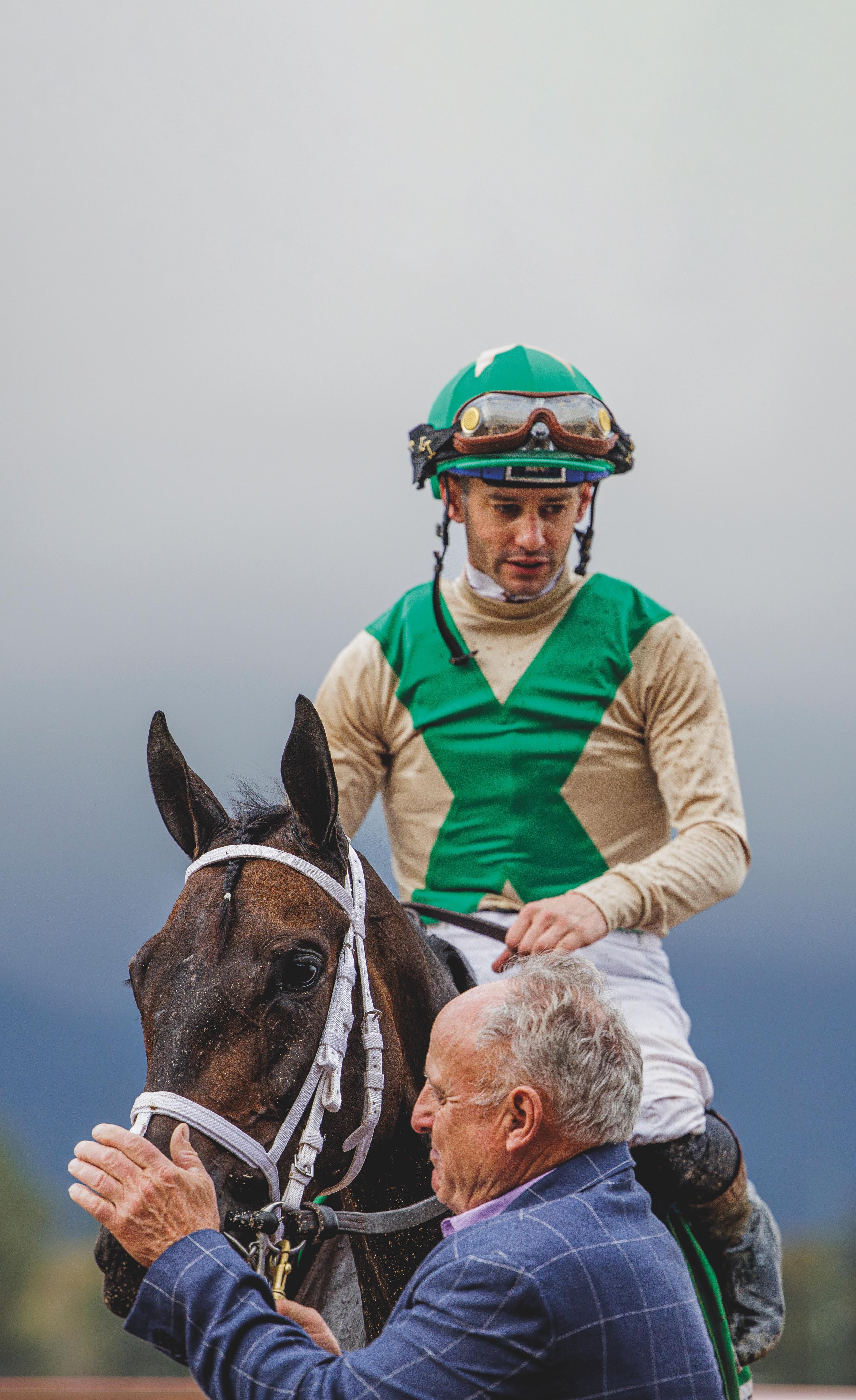











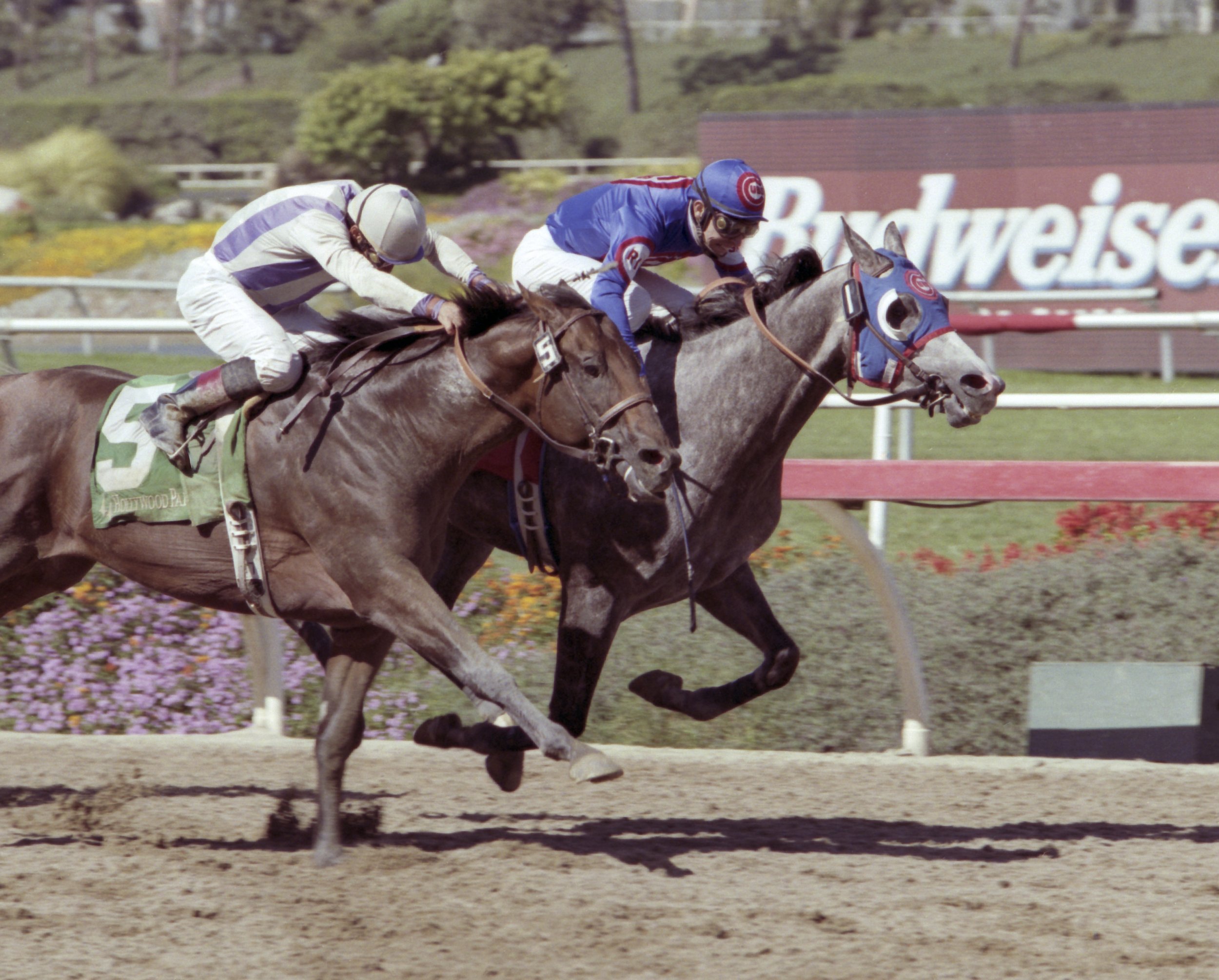







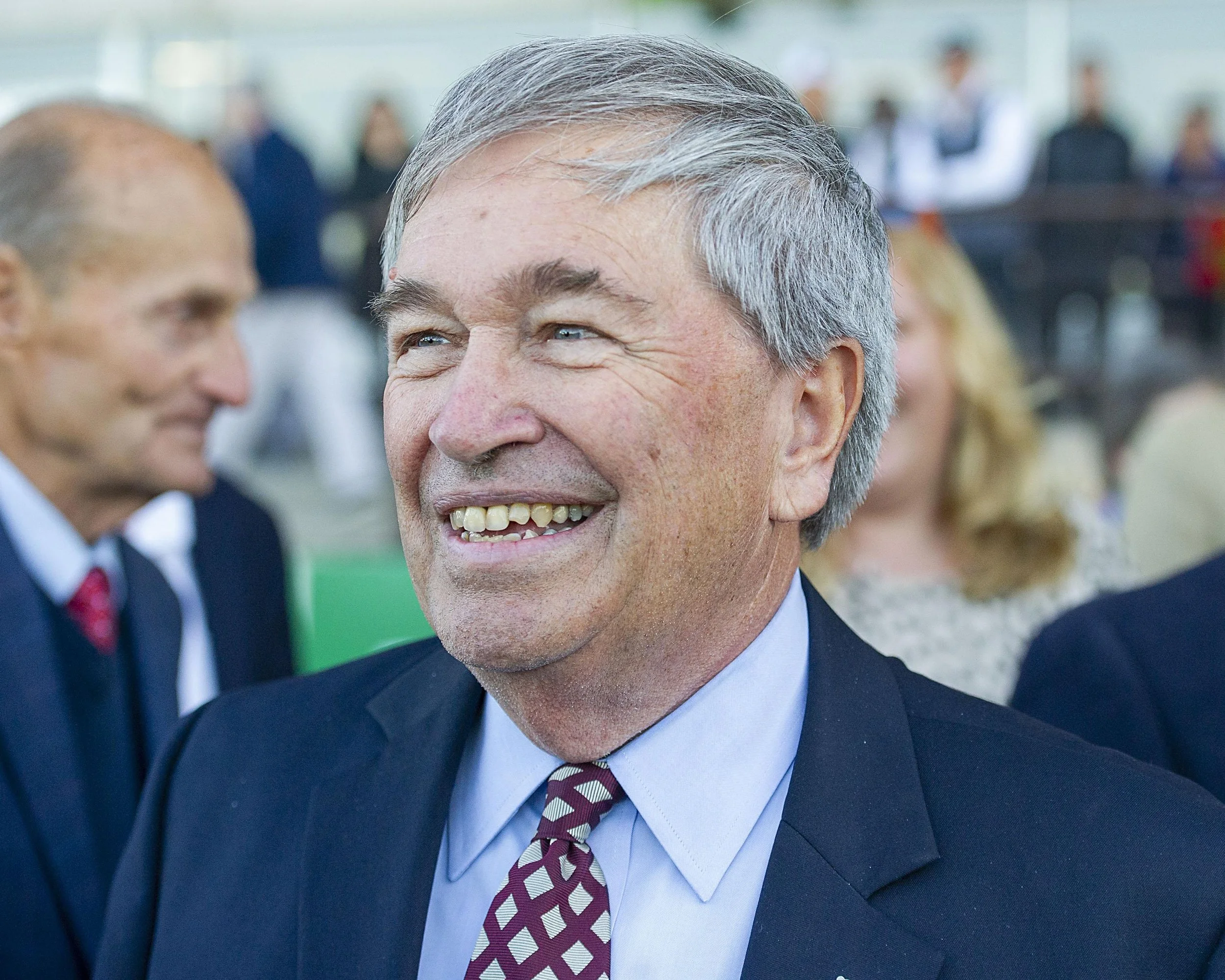

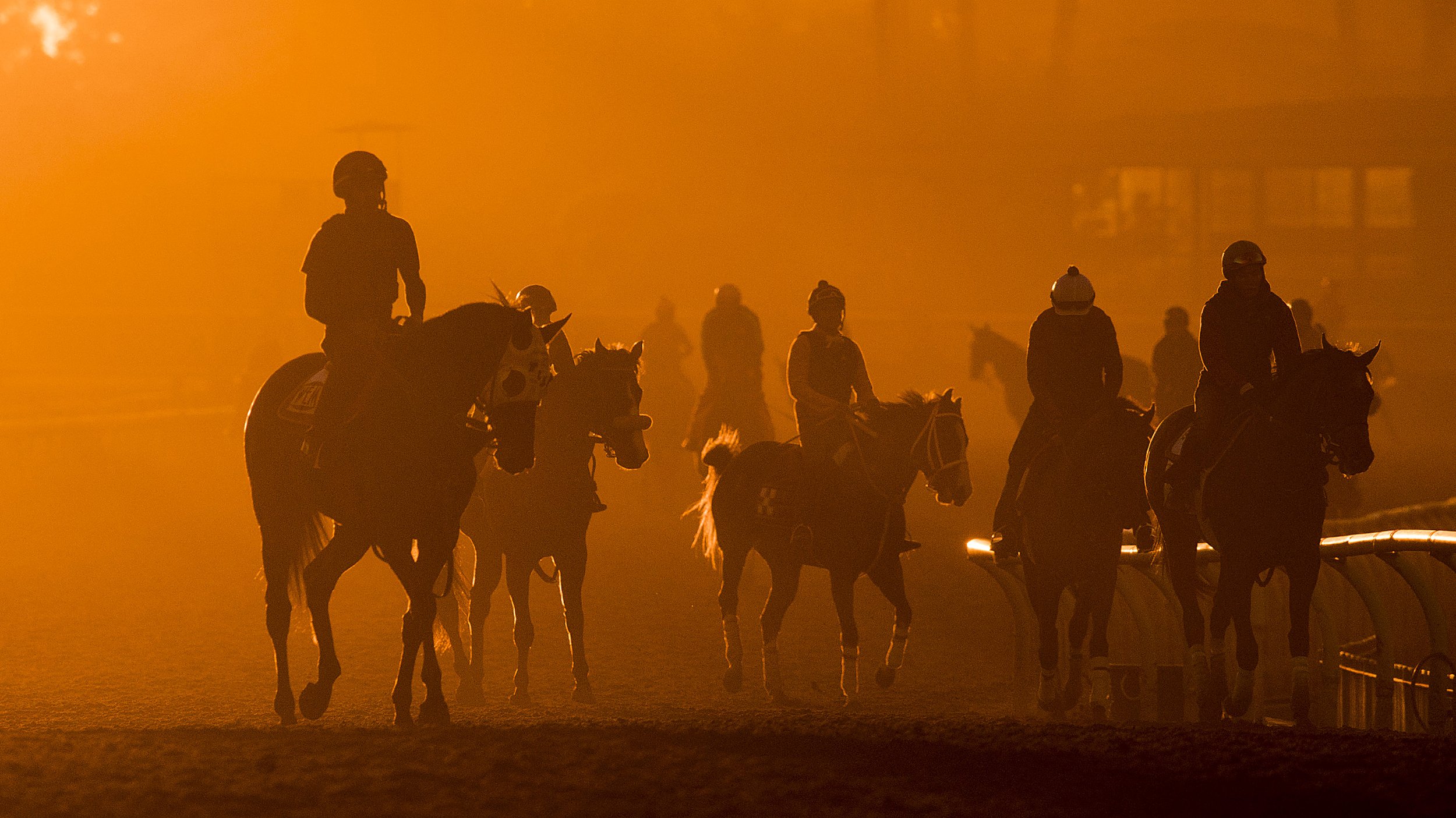

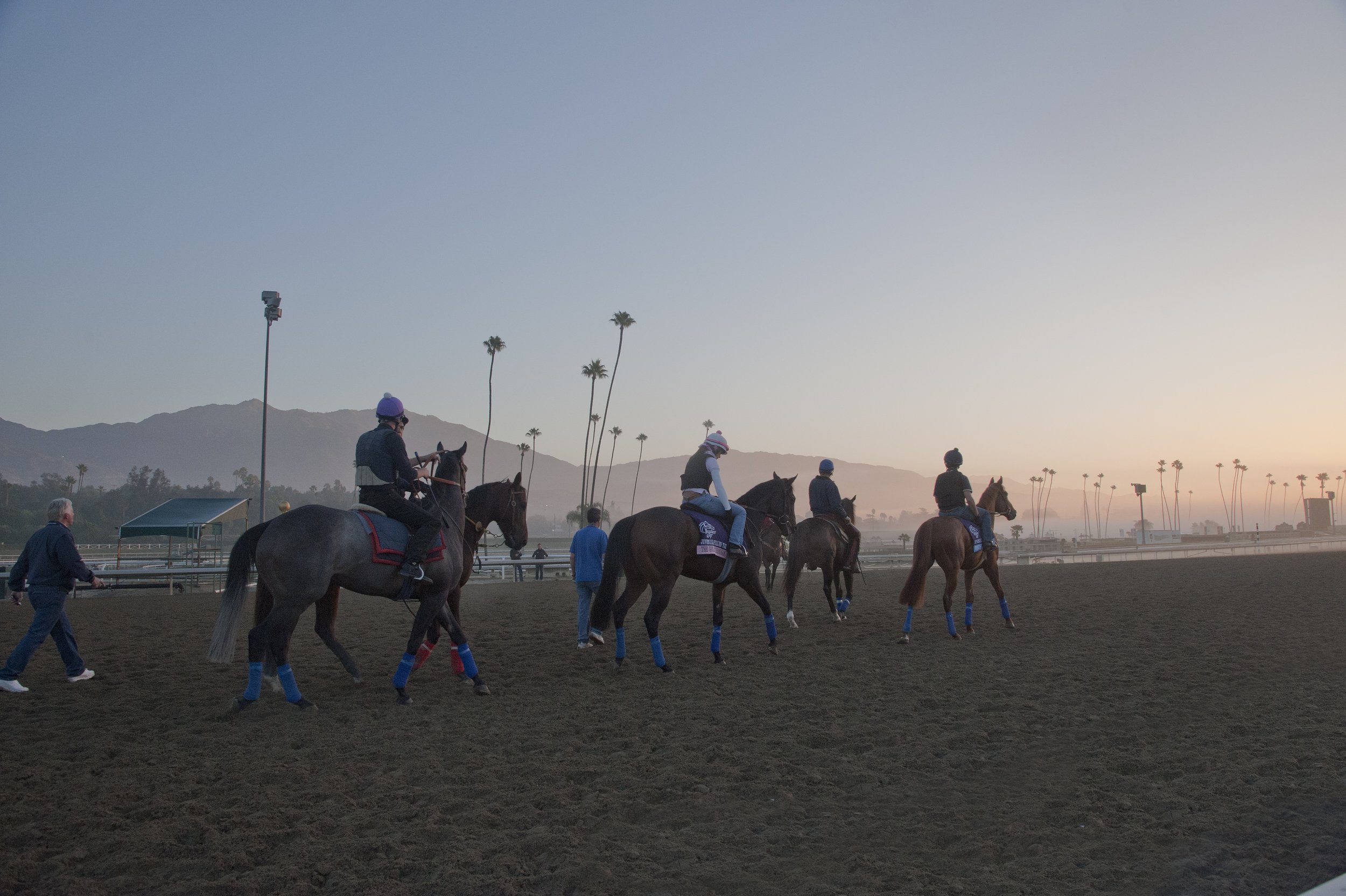

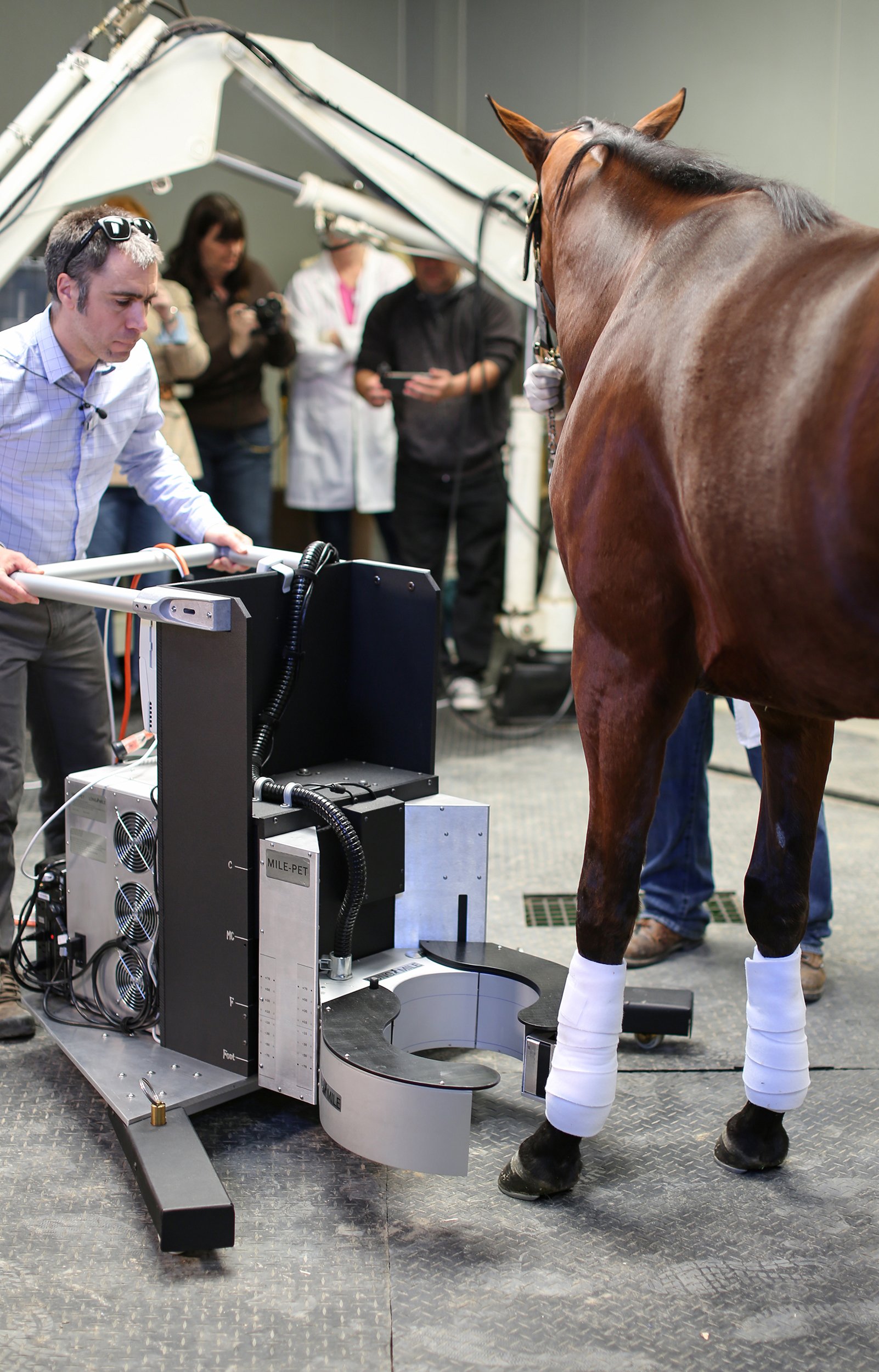


!["It was the best of times, it was the worst of times…" so wrote Charles Dickens. For horse racing in 2020, it just wasn't where you would expect the best and worst, at least in a modern-day "Tale of Two Racetracks."To wit: Santa Anita began 2020 in the wake of a nightmare: 20 racing fatalities in 2019. The Fair Grounds in New Orleans, on the other hand, was on the cusp of two straight Januarys without a racetrack fatality. If you don't know the rest, you can probably guess what happened, 2020 being 2020: Santa Anita embarked on a record year in 2020 with zero fatalities on the dirt track and one less fatality in turf races than in 2019 [see sidebar]. Meanwhile, at the Fair Grounds—long known as having one of the best surfaces in America—six racetrack fatalities occurred in January, a number more than double the average for this month. Instantly, media attention focused on the Fair Grounds, interest made more acute, perhaps, by the highly publicized spate of fatalities at Santa Anita.Overlooked by a large portion of the media (perhaps conveniently, some would say) is the anomaly that January 2020 represented, not just for the Fair Grounds but also for Thoroughbred racing in America. In terms of catastrophic injury rate, the sport enjoyed the smallest rate of fatalities per 1,000 starts—1.53—in 2019. The Jockey Club created an Equine Injury Database (EID) in 2009, recording statistics and specifically compiling data from 14 leading tracks (including Santa Anita). In that first year, fatalities were 2.0 per 1,000 starts—the highest in the span of the 11-year-old EID. So what happened at the Fair Grounds? Dr. Michael "Mick" Peterson, executive director of the Racing Surfaces Testing Laboratory, led a team of track management and, perhaps more critical, trainers with horses at the Fair Grounds to examine and analyze the track surface, particularly maintenance practices. Fatalities are multifactorial, and the intent was to address potential issues with the track surface. According to Peterson, unexpected and unpredicted rainfall during training hours occurred in January. Making matters worse, the rain—while amounting to maybe a half to three-quarters of an inch—fell for 45 minutes to an hour. Harrowed before training, the track surface was "open," as Peterson termed it, enabling water to penetrate the surface rather than run off. The result was a surface possibly over-saturated and potentially ripe for injuries and fatalities during races in the afternoon. Closing the door to this possibility meant closing the track if rain was expected or did fall during training and sealing or "floating it," which produces a flat surface for water to run off into the infield. If that sounds simple, it isn't. There are dozens of trainers with stalls full of horses each needing track time, either for leg-stretching gallops or, more importantly, workouts timed out a certain number of days before an upcoming race. Racehorses are athletes who absolutely have to get out of their stalls, and there are no days off. Weather can’t be a deterrent; they run in the rain, and they train in the rain. Stopping training to float and seal a racetrack—something commonly done between afternoon races—is uncommon during training hours and disruptive to trainers’ schedules. Simply put, trainers lose a hunk of training time if the track superintendent floats the surface during workout hours in the morning. Here is where, according to Peterson, the Fair Grounds achieved real success. A group of trainers met with Fair Grounds track manager Jason Boulet, track superintendent Pedro Zavala, and Peterson and basically said, "We're going to have to do that then," referring to track closure during training for surface sealing.For Peterson, Boulet and especially Zavala, this response from trainers with entries, races slated, and owners to whom they are accountable was as jaw-dropping as Santa Anita's zero dirt-track fatality statistic in 2020."It really was one of those perfect moments in interaction between track management and superintendent and trainers," said Peterson, who added, "It's hard to get up in the morning and not know which horses you can train. I was thoroughly impressed with the willingness of trainers to do that." Their only request was as much of a heads-up as possible to trainers if weather radar indicated rain looked likely. Track closure during training for floating was an option left on the table. It was part of “give and take,” as Peterson termed it, to enable trainers to send out horses needing a workout for an upcoming race ahead of a wet track. "If I'm a trainer, I know that I might lose the second half of training because they're going to shut it down and run the floats. Then I can train whatever horses I know I need to get out there in the first set."This is where the industry needs to go—the communication, being reasonable, recognizing the need for give and take at times."The cooperation of trainers at the Fair Grounds should not have been a surprise, given the history at the track. The aftermath of Hurricane Katrina in 2005 provides an anecdote that is very telling about the input of trainers into track conditions and management at this third oldest American racetrack.Katrina flooded the Fair Grounds and washed away the track surface. What replaced it was not nearly as good as pre-Katrina, according to regular Fair Grounds trainers. A group of them, principal among them Al Stall, provided a simple observation: "It was better with the darker sand," said Stall at the time, referring to reddish sand in the pre-Katrina surface.Peterson remembered Boulet calling him to report that trainers were convinced darker spillway sand from the nearby Mississippi River would bring the track back to what it was. "Jason said, 'I think they're crazy. I don't think the color matters,'" recalled Peterson with a laugh. "I said, ‘Jason what they are actually identifying is the little bit of iron oxide in the sand. It's hydrophilic and not hydrophobic, and you know what? I bet they're exactly right.’"In lay terms, hydrophilic means moisture-absorbing and not moisture-resistant (hydrophobic). Stall not only knew what the post-Katrina surface needed but where to find it. The New Orleans native drove Peterson and Boulet to different sand pits in the area, collecting samples of red sand. Peterson took it from there with something called X-ray diffraction testing to identify which source would be best.Sand, however, is far from the only reason for a Fair Grounds surface that was, arguably, the best and safest in America before last January. It is one part of many measures, initiatives and improvements implemented since the "Al Stall tour." And in what may be a shock to many in the media and public, those same measures are in place at other major U.S. racetracks. All account for the continuing decline in racetrack fatalities as recorded by The Jockey Club.The origin of the efforts was a safety initiative launched by Churchill Downs Incorporated in the wake of the breakdowns of Barbaro (2006) and then Eight Belles (2008) in Triple Crown races, according to Peterson. The initiative led to protocols for testing surface samples. At the Fair Grounds each year, testing takes place six weeks before the racing meet starts on Thanksgiving Day—the traditional opening day. "If the composition isn't right, by then we already have the material on-site to match target standards. Then what happens a few weeks before the race meet is we come in with ground-penetrating radar—the biomechanical surface tester—and go through every piece of equipment and test," said Peterson, who doubles as a professor of biosystems and agricultural engineering at the University of Kentucky. If the depth, literally and figuratively, of surface preparation and management is a surprise, a bigger one might be that 13 other leading tracks in America—again, including Santa Anita--perform the same testing to certify optimum track-surface composition. Separate from composition testing before a race meet is daily implementation of a Maintenance Quality System (MQS) with a breadth that is mind boggling. The Fair Grounds’ Zavala, as well as superintendents at the 13 other tracks, chart training times of all horses by workout length, make daily surface-depth or "cushion" measurements at as many as 16 different places on the racetrack and take moisture readings at 18 different spots. Data required in the MQS even calls for logging the speed of the tractors pulling harrows over the track and the direction they travel. The latest addition to the MQS arsenal for Peterson and racing is a new type of weather station that debuted at Keeneland during the fall meet and Breeders' Cup. It supplements daily reports summarizing data from the previous 24 hours of weather with improved real-time data. The objective is to counteract the effects of rapidly changing weather conditions like that experienced at the Fair Grounds last January. The benefits go beyond morning training with updates at, "say, the third race of a race day to enable adjustment for the fifth race by surface crews," said Peterson.The coronavirus, Peterson said, was a barrier to the expansion of MQS to new tracks but not expansion within racetracks already on board with the system. The new weather station is but one example. There is also a new integrated track tester that measures everything from all-important moisture content to something called dielectric constant. It provides improved real-time data to track superintendents on conditions at their specific track through a GPS.Can racing, through track surface improvements, continue to reduce catastrophic racetrack injuries beyond the 16% reduction over the last decade? Peterson is hopeful. "The endpoint I see on this is having in place a process for what they call in manufacturing continuous improvement where we don't just quit when we get a little better."The latest recorded racing fatality rate, again, represents the "best of times." With lessons learned at the Fair Grounds, protocols in the MQS and technology improvements in testing, there is potential that the best can become even better.[SIDEBAR"]A December 16, 2020, story in the Los Angeles Times attributed a reduction in the fatality statistics at Santa Anita Park in 2020 to a "combination of enhanced safety protocols and less racing because of shutdowns caused by the coronavirus.” The story added that "nearby fires could be considered factors [and track closures as a result] in cutting the death count by more than half."Here are the facts: 20 racing fatalities occurred at Santa Anita in 2019—13 on the dirt track and seven on the turf tracks--in 6,650 starts. In 2020, which saw 5,050 starters go to the post at Santa Anita, there were no fatalities on the dirt track and six on the turf surfaces. Averaging race fatalities for the number of starts per 1,000 starters, Santa Anita averaged .12 racing fatalities in 2020 and 3.01 in 2019. Averaging removes track closures due to COVID-19 and fires as criteria for the decrease. Also, the "death count" was reduced not by "more than half" but by almost two-thirds in racing fatalities in 2020 as compared to 2019. The numbers are conclusive: Safety protocols—and safety protocols alone—account for the reduction.](https://images.squarespace-cdn.com/content/v1/517636f8e4b0cb4f8c8697ba/1614168160216-ZKX0BETIBU8P7PBBVWUG/Grandstand_morning.jpg)















